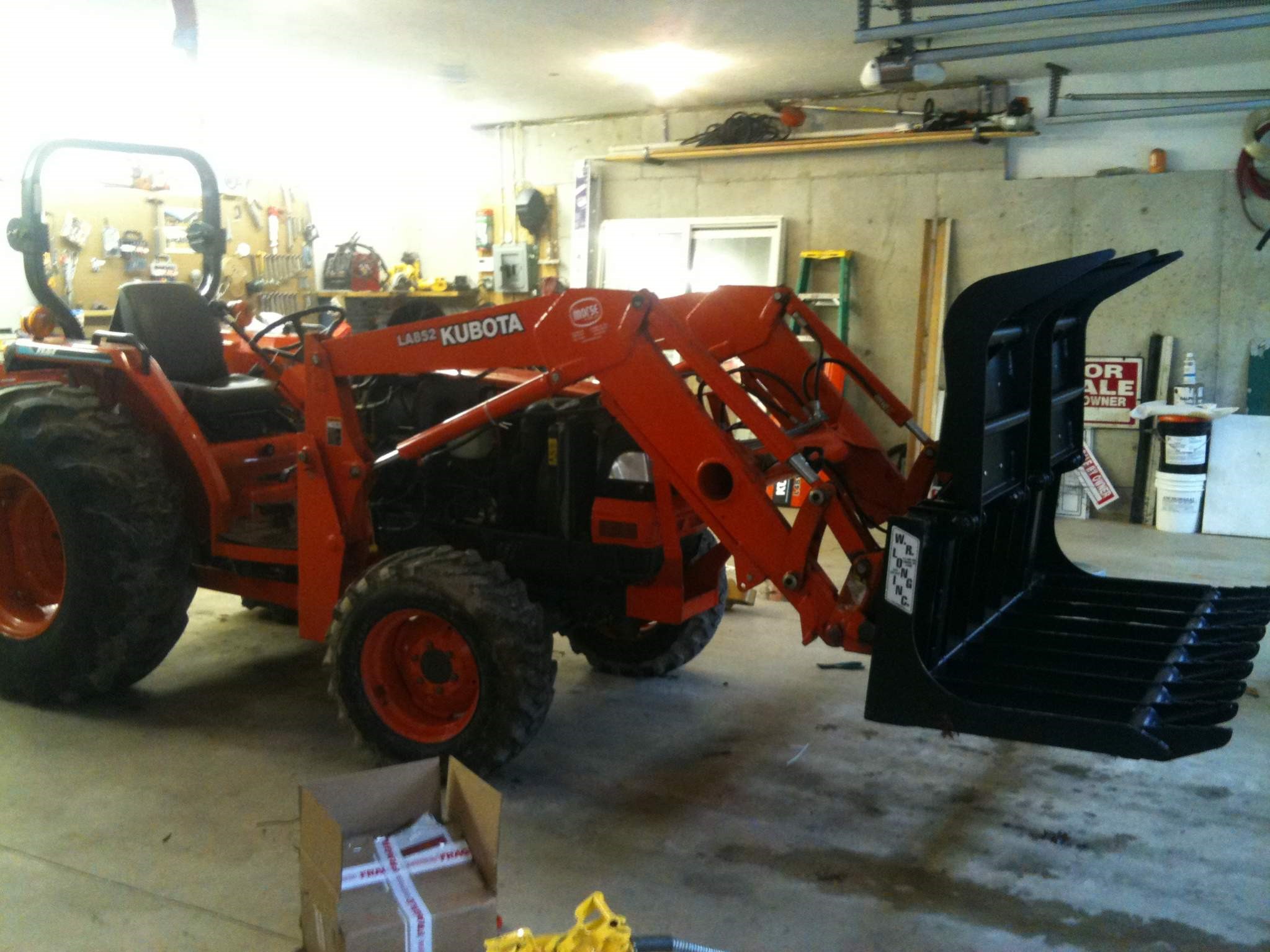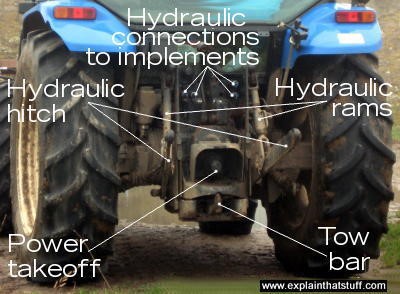Tractor Selection Guide
Know What You Want, Know What You’re Getting if you want to do a good tractor selection
Selecting the right tractor can be a complex decision these days, as manufacturers make the machines more complicated with good intentions to be competitive for your business.. computerized controls, operator comfort, ease of operation, and other added features all come at a cost..the trick is to determine if the benefit is worth it.
It seems the smaller the tractor, the more complex these decisions can be…
Horsepower; Weight and Weighting; Physical Size; Lift Capacities; all have associated ‘numbers’ attached to them as farmers are coaxed by sales folks to buy their product over the competitors’. When looking at smaller tractors, these become even more complex.
Horsepower is a common term used to differentiate a tractor’s ‘size’. It used to be simple.. measure it at the drawbar..since that’s where you’re pulling your implement. Nowadays, drawbar horsepower isn’t referred to very much because it is inevitably going to be a smaller number than ‘pto’ horsepower. Tractors are usually categorized by ‘engine’ and ‘pto’ horsepower. Engine horsepower is always a higher number since it is measured at the engine, before it does any work. One of the factors complicating this decision, especially with smaller machines, are emission regulations. The phasing in of ‘Tiers’ for engine emissions has continuously made compliance more and more restrictive. All tractors above 25.5 horsepower now must meet the highest emission restrictions, typically requiring the introduction of Diesel Particulate Filters (DPF’s). This addition has significantly affected the cost and complexity of your tractor.
This 25 engine horsepower threshold is right on the same doorstep regarding the implements you’re planning to use. A 5-foot mower or rototiller is quite different than a 6-foot mower or rototiller. To increase torque, manufacturers will take a larger displacement engine, reduce the operating RPM, and hence keep their rating below that emission threshold, hence keeping costs down but delivering adequate power for your equipment. Ultimately, however, this creates more confusion for the buyer to make the right choice.
The short answer is.. judge the tractor by PTO horsepower and match it to your implement’s recommended power requirements. Unless you’re bragging about your tractor’s size, then cite the engine’s hp rating..
Click to read next: Transmission and Hydraulics




